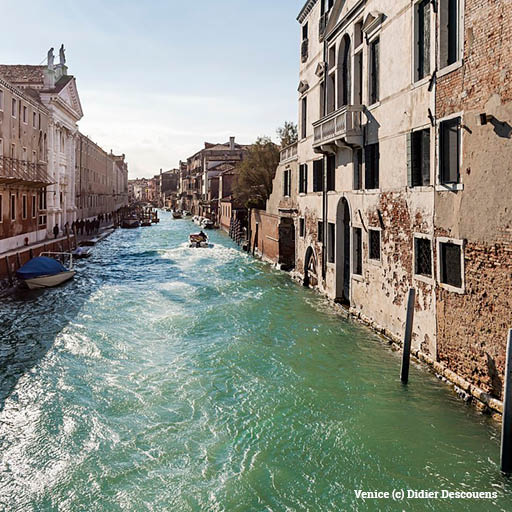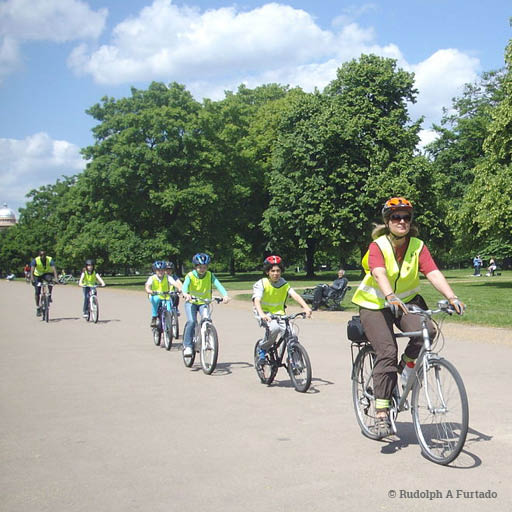The pandemic is a crisis and a tragedy – but there have been environmental benefits to lockdown



Coronavirus has shaken up life as we know it, in a way not experienced for many decades.
Schools have turned to virtual lessons, offices have moved home and social distancing is the new norm. Streets are deserted, bar the many runners who have taken to them for their daily allotment of exercise.
The roads have never been quieter. But as shops and restaurants begin to reopen, already the familiar sounds of traffic building up on the streets and of crowds gathering is returning.
The past few months have affected everybody and, of course, the impacts have been devastating, but have there been any benefits? And will they last?
Environmentally, there certainly seem to have been many benefits. Pollution and emissions have plummeted rapidly across the world, as much of human society has been in full or partial lockdown for the past three months. In New York, levels of pollution were down by almost 50 per cent at the start of March while in China, carbon emissions fell by 25 per cent and nitrogen oxide levels by 50 per cent – and the proportion of days across China with ‘good quality air’ was up by more than 11 per cent from last year.
A similar sight can be seen across Europe. Satellite images show how nitrogen dioxide emissions have slowly faded away across northern Italy and across the world, a study showed that the daily global carbon emissions in April had fallen by 17 per cent. It is thought that this could lead to an annual carbon emissions decline of up to seven per cent.
Perhaps coronavirus has, inadvertently, helped us to reduce climate change and slow global warming, a little. But how are our lifestyles of the past few months so much better for the environment than what we did before?
Perhaps one of the most significant impacts to have reduced air pollution is the dramatic decline in air travel. For months, air travel has only been allowed in exceptional cases, with holidays and business trips cancelled along with most other commercial flights. Large airlines such as EasyJet had grounded all flights up until a few weeks ago and it’s still operating at only 50 per cent capacity throughout July.
 The improvement in water quality can be seen clearly in Venice. Water in the canals cleared and experienced greater water flow– it was clearer than it has been in years, due to less pollution from boats along the canals.
The improvement in water quality can be seen clearly in Venice. Water in the canals cleared and experienced greater water flow– it was clearer than it has been in years, due to less pollution from boats along the canals.
In addition, as many people will have seen due to media coverage, animals have been spotted in areas they have previously shunned; sea turtles were observed laying eggs across beaches in the Bay of Bengal, thought to be due to the significantly lower levels of pollution and much-reduced human activity.
In addition, demand for fish across the world has decreased and fishing fleets are unused. Many species of fish have consequently flourished; for example, the herring, which is thought may have doubled its numbers.
But will these impacts last?
Many people hope that they might. Societal shifts in lockdown such as the increased use of technology and many having to work from home may have a sustained impact in terms of lower transport usage. The global demand for fossil fuels has dropped by nearly 10 per cent, dramatically cutting the amounts of carbon entering the atmosphere. Another way that the impacts of lockdown may be sustained is the surge in cyclists and runners – a lot of people have turned to exercise in lockdown and it is likely that many will retain these new habits to walk or cycle rather than using transport.
Yet despite this, the concentration of carbon dioxide in the atmosphere in May 2020 was the highest ever recorded and experts believe that it will take a huge degree of societal change to make a long-term difference – and is looking unlikely, as many industries return and, in turn so does the pollution and the emissions. This year’s annual emissions are expected to only be down by about 6-8 per cent, too small to make much of an impact on global warming.
 Nevertheless, many cities have come up with new initiatives to help carry on the carbon-reduced lifestyle. Some have banned cars and other vehicles temporarily while others have gone further – Milan is allocating 35km of street space to cyclists and pedestrians, Brussels is creating 40km of cycle paths and France has tempted cyclists with subsidies. In the UK, the Government has announced a £2bn scheme to encourage more walking and cycling and in London there are plans to create car-free bridges and streets.
Nevertheless, many cities have come up with new initiatives to help carry on the carbon-reduced lifestyle. Some have banned cars and other vehicles temporarily while others have gone further – Milan is allocating 35km of street space to cyclists and pedestrians, Brussels is creating 40km of cycle paths and France has tempted cyclists with subsidies. In the UK, the Government has announced a £2bn scheme to encourage more walking and cycling and in London there are plans to create car-free bridges and streets.
Who knows whether these environmental impacts will have enough of an effect to help significantly reduce climate change? Regardless, they have certainly opened up many people’s eyes to the problems of pollution and emissions and the new habits and lifestyles that have formed look to be staying put, at least for the immediate future.